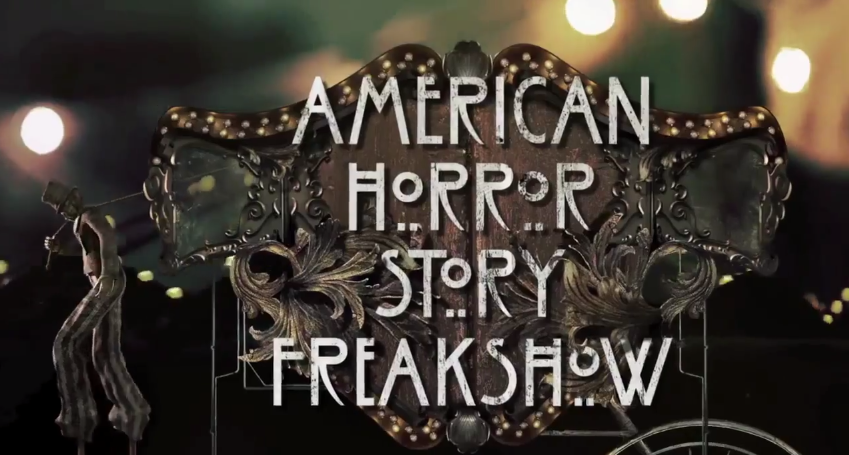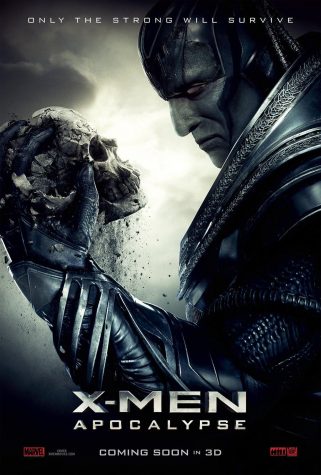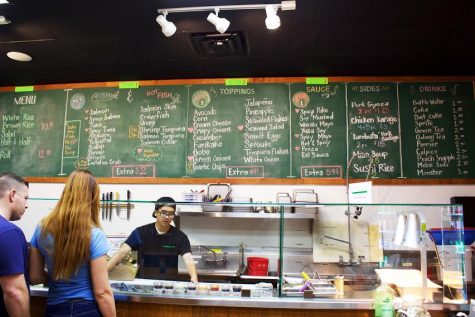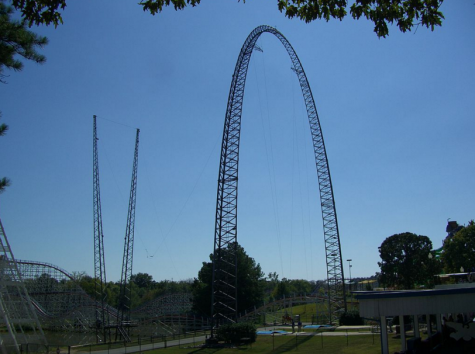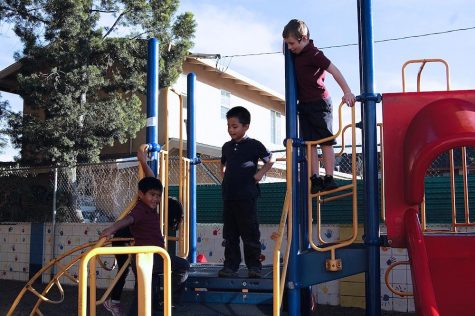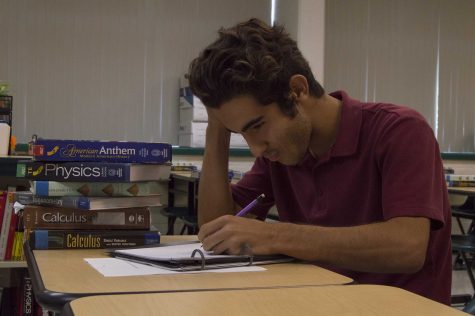“American Horror Story” is back and better than ever
photo via wikimedia.org under Creative Commons license
The cover photo for the newest season of American Horror Story
It’s shows like American Horror Story that make me question modern American culture and what is considered entertainment today. Although the content of the episodes may be unusual, the constant plot twists and the show’s execution make it hard to turn away from the TV even for a second. What mesmerizes me is that after each episode, I’m left in more shock and horror than the last, and yet I am incapable of not continuing to watch.
Created by Ryan Murphy and Brad Falchuck, (the same guys who produced the popular musical drama Glee), American Horror Story (AHS for short) is described as an anthology series that follows a different storyline with each season which includes a recurring cast set who play different roles. The series acquired a large following after their first season, the isolated Murder House followed by a demented turn to the second season, Asylum, and season three, the story of a female-driven witch Coven. All of that leads up to the newest season: Freak Show.
Ninety long minutes of disturbing, graphic images filled the screens of 6.13 million viewers in the U.S. alone on the premier night of the fourth season of American Horror Story, the theme being Freak Show. The season will include many of the cast members from the past, including, but not limited to, Jessica Lange; who plays an aspiring star and the caretaker of the show; Elsa Mars; Evan Peters; an ectrodactyly “freak” named Jimmy Darling; and Sarah Paulson, who plays the parts of Bette and Dot Tattler, the conjoined twins.
Season four is set in Jupiter, Florida in 1952. Elsa Mars (played by Lange) is in search of a new act in order to save her freak show, which is one of the last ones left in the country and has seemed to have lost its captivating effect. She then meets the conjoined twins Bette and Dot Tattler (Paulson) and she immediately knows that she has found her saviors. She takes them to the carnival, where none of the acts ever leave. Here, the audience is introduced to a vast array of humans with strange deformities that classify them as “freaks.”
The rest of the episode plays a more of an informative role in setting the stage for what to expect next. We see the disliking of the acts when they are referred to as freaks and are treated inhumanely. Elsa Mars fittingly ends the episode with a musical number of David Bowie’s “Life On Mars.” There is also a creepy, half-cut off face half-masked clown named Twisty running and murdering people with scissors and kidnapping kids. Literally, the epitome of childhood nightmares.
The first episode is not as wild as what we have seen in the past, yet the little subplots and the unique set of characters give the show everything that it needed to hook an audience. AHS is by far one of the best TV shows out there now because of its ability to give an eerie appeal to an audience, its sense of mystery and its slight comedic aspect. Everything happens so at once yet it all seems to fit together; it’s almost indescribable. You almost feel guilty for finding pleasure in a show so intense. The latest episode sets the mood and stage for what to expect next.
The most terrifying part of AHS is that almost all of the season are simply stories that tell the lives of people in the past. Season 2, Asylum, focuses on a mental institution for the criminally insane in 1962. The patients are experimented, tormented and mutilated, all events that have happened in the past. Freak shows were also very common form of entertainment from the mid-19th century to mid 20th century. If AHS sticks to its roots, viewers should be prepared for the absolute worst side of humankind.
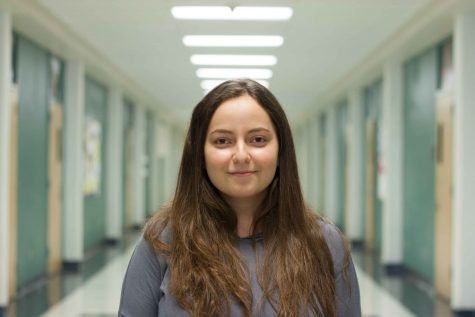
INTERESTS/HOBBIES: knitting
EXTRACURRICULAR ACTIVITIES: I walk my dog everyday
THREE WORDS TO DESCRIBE ME ARE: umm ya ok
IN TWENTY...



